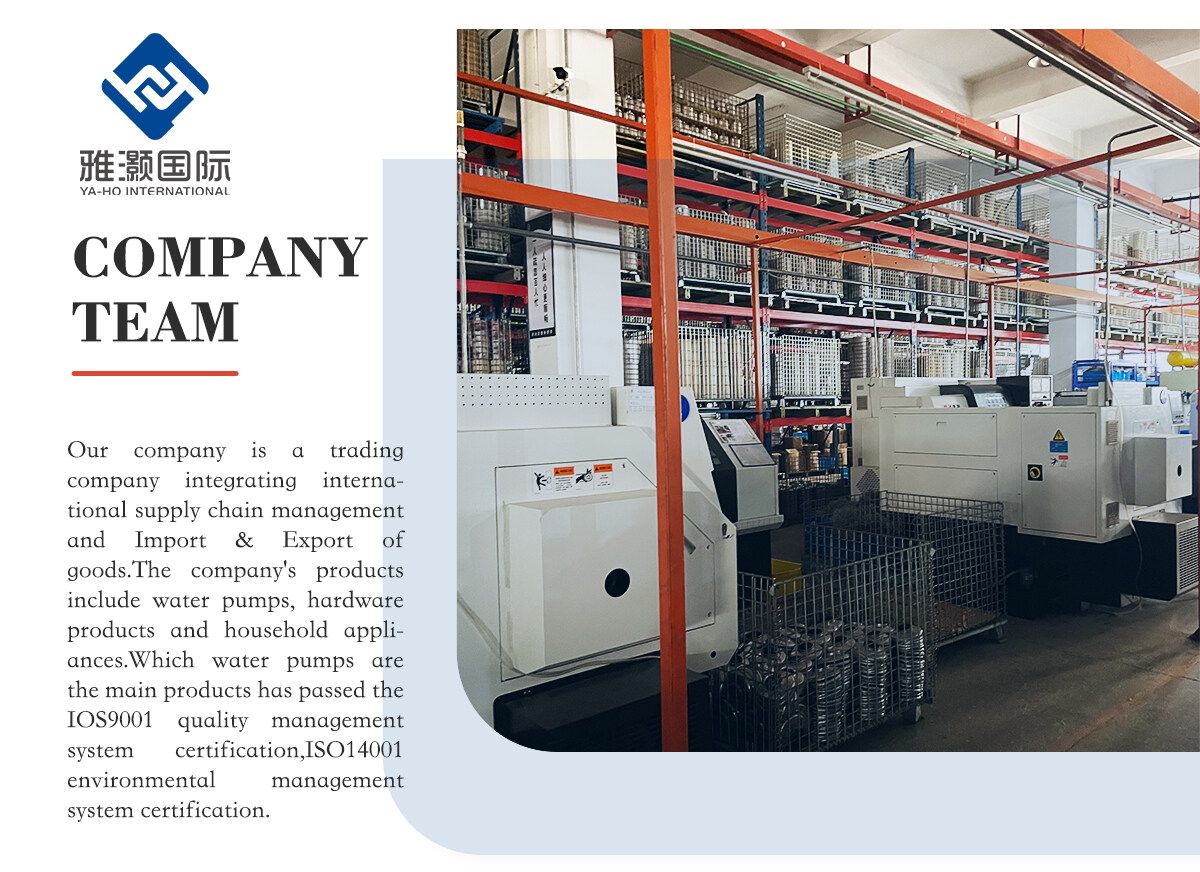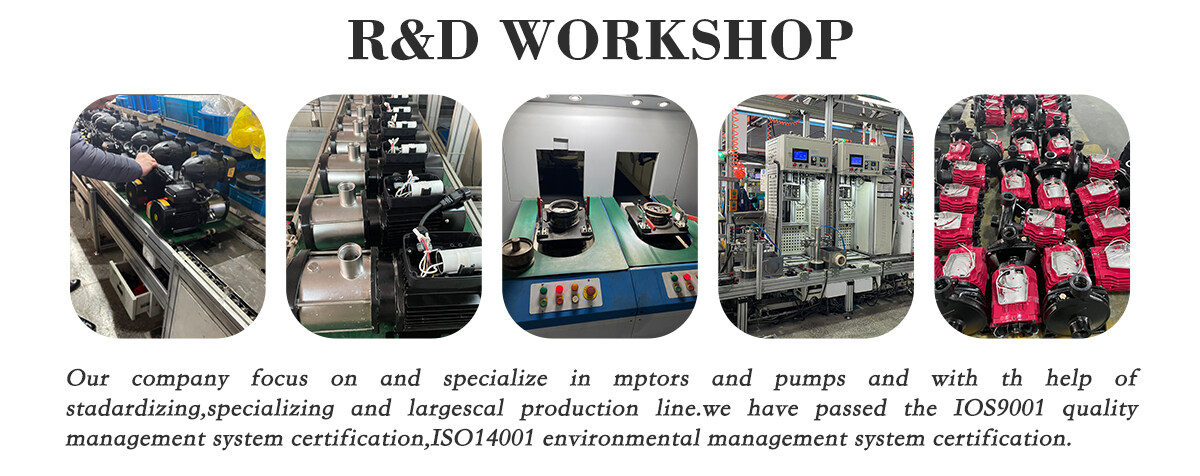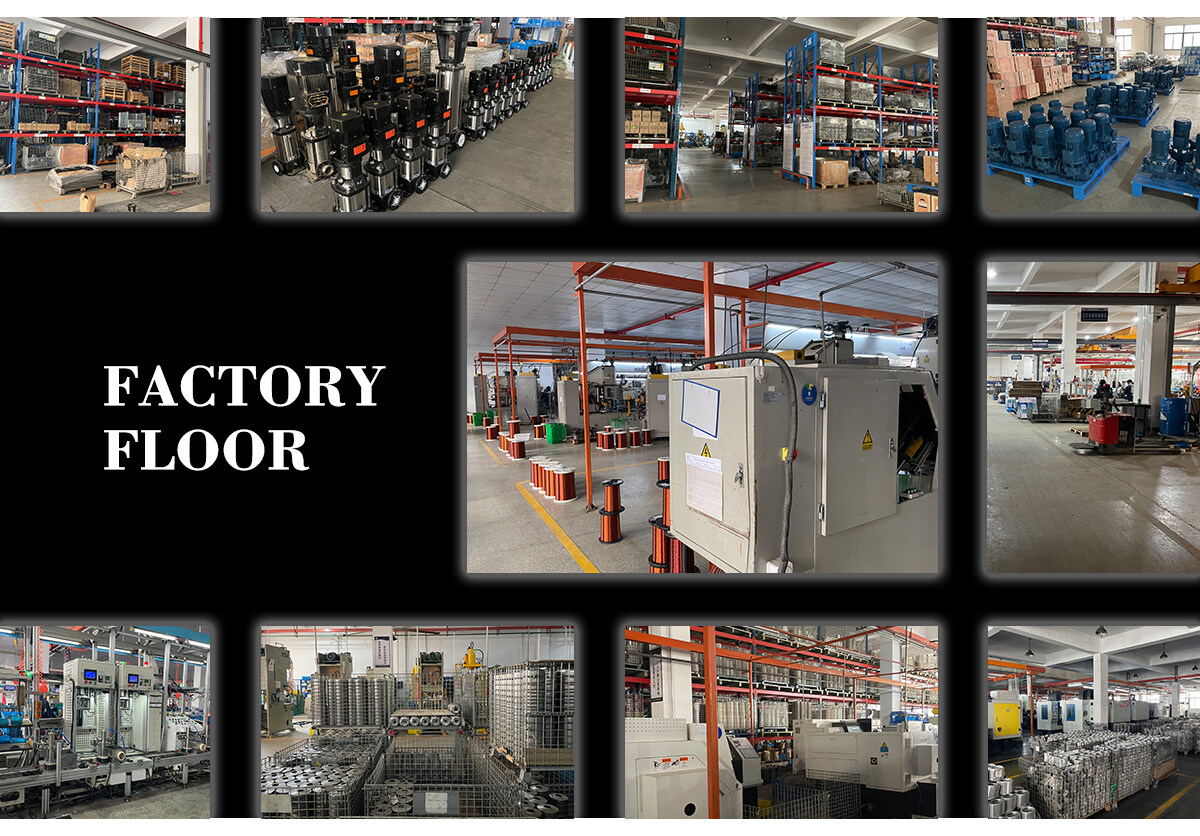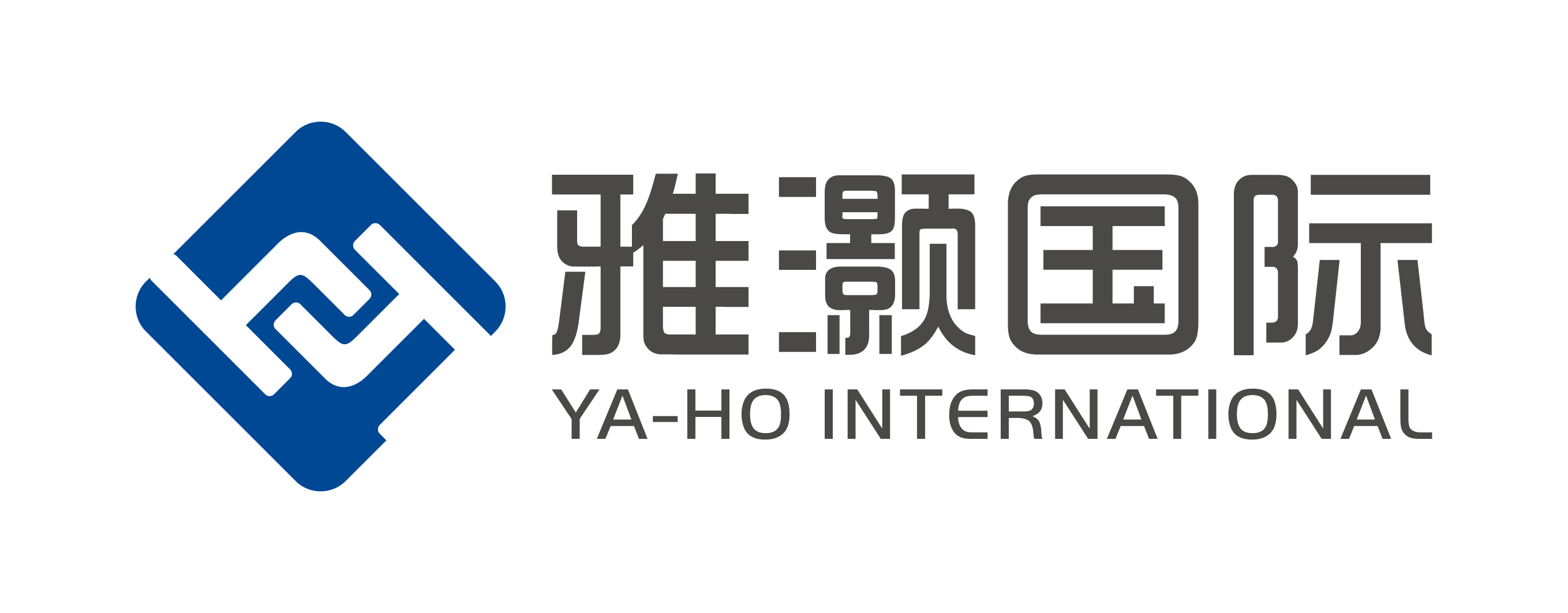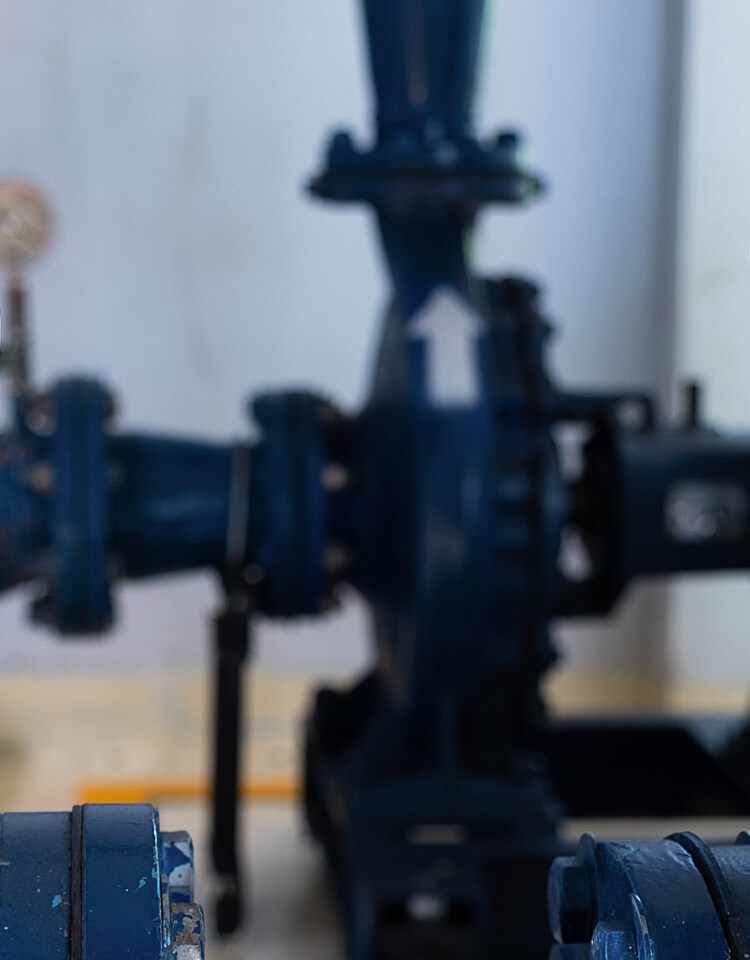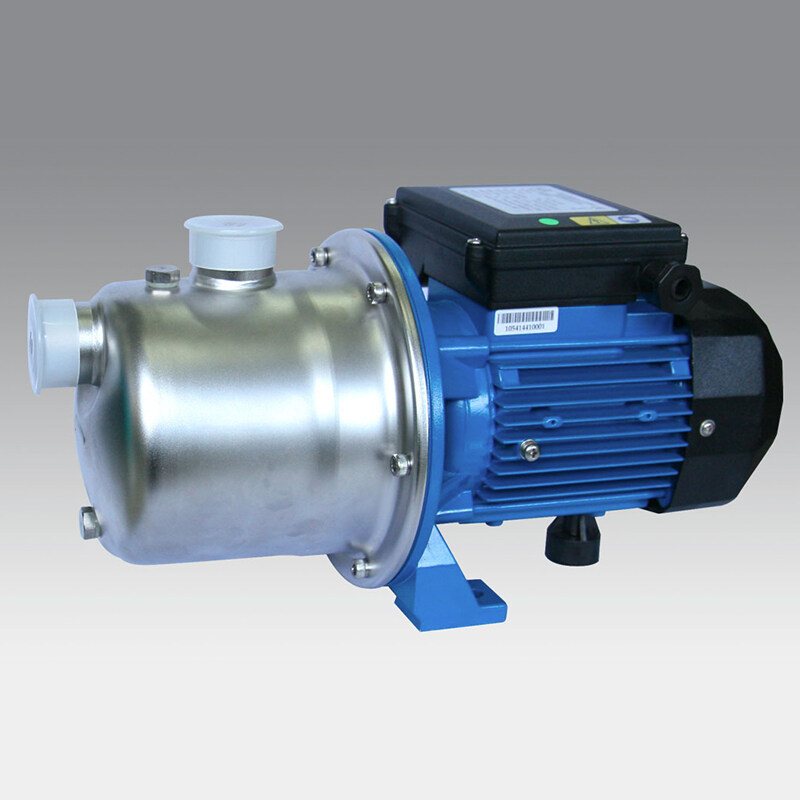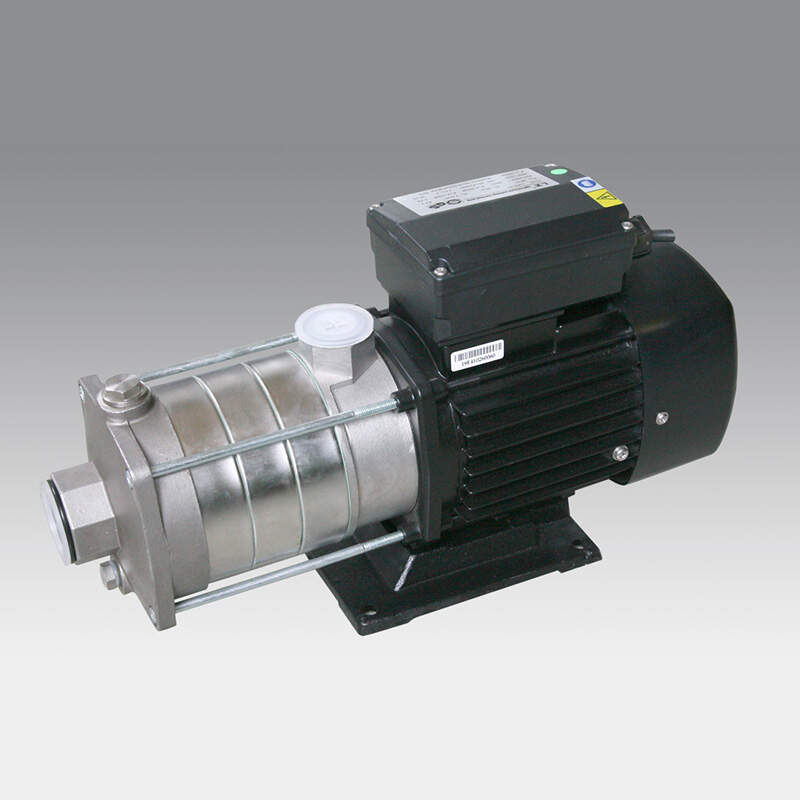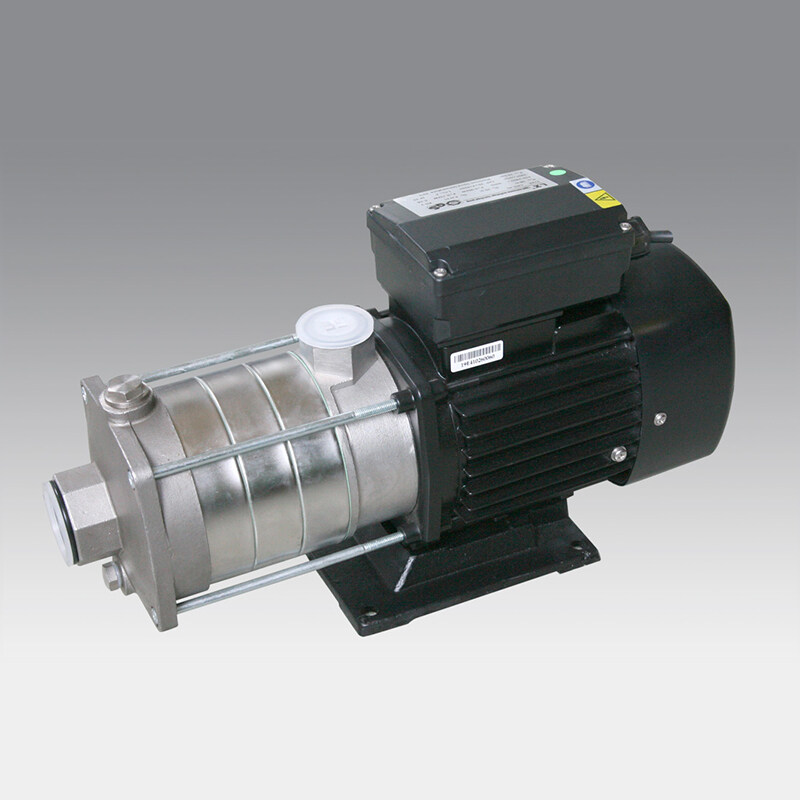Email format error
Email cannot be empty
Email already exists
6-20 characters(letters plus numbers only)
The password is inconsistent
Email format error
Email cannot be empty
Email does not exist
6-20 characters(letters plus numbers only)
The password is inconsistent

PUMPS CMF2-40 60HZ - horizontal pump
The Effluent pump is a high-efficiency water pump with a 1/3HP power motor that discharges at 2450 GPH and has a maximum lift capacity of 28 feet. The pump comes with a 10-foot power cord and detachable suction filter that can handle solids up to 1/8 inch thick. The stainless steel shaft and solid aluminum impeller blade ensure stability and durability.
A high-quality pump with an anti-clog, no overheating and no electric shock. Built to last, this pump can drain water out easily while saving time and space in your garage or basement. Highly corrosion resistant shell and environmental thermoplastic construction ensures less prone to mechanical failure, while the anti-clog impeller blade automatically adjusts to speed and fluid viscosity so you get a long service life.
China horizontal pump-Product parameters
| 60Hz | ||||||||||||
|---|---|---|---|---|---|---|---|---|---|---|---|---|
| Model | Model | Driving motor P2(KW) | Q (m3/h) | 0.8 | 1.2 | 1.6 | 2.0 | 2.4 | 2.8 | 3.2 | 3.6 | 4.0 |
| CMF2-40 | CHL2-40 | 0.75 | H(m) | 48 | 47 | 44 | 42 | 38 | 35 | 32 | 28 | 24 |
Types of Water Pump and Their Advantages
1.Gear water pump
The teeth of the two sprockets are separated. Apply a little pressure and the water is sucked in and sent to one side through the friendly circular wall on the other side. The two gears are pushed together to create high pressure and drain the fluid.
Advantages: simple and compact structure, small size, lightweight, good manufacturability, low price, strong self suction.
2.Centrifugal water pump
The pump is filled with water, the pump shaft rotates violently, and the centrifugal force makes the water faster. Features, high efficiency. The pump efficiency can be improved by analyzing and calculating the relationship between the pressure distribution and the velocity distribution in the pipeline.
It is convenient for installation and maintenance and adopts vertical pipe design. The inlet and outlet of the pipe can be placed as valves at any position and direction along the pipe. The motor shaft is directly connected with the water pump shaft. Stable, safe and reliable operation.
3.Multistage centrifugal pump
This is equivalent to continuous rotation of several centrifugal pumps and single-stage strengthening. The difference between multistage centrifugal pump and single-stage pump and single-stage pump is that multistage pump has two or more valves, which can absorb and compress water to reduce water in the process. The water level can be raised to a very high position by increasing or decreasing as needed. This kind of pump is mostly used for urban and industrial water supply, and rarely used for agricultural irrigation.
Compared with a one-way centrifugal pump, the efficiency is improved. Compared with piston pumps, diaphragm pumps and other reciprocating pumps, it can also carry the higher flow. The multi-stage centrifugal pump has the highest efficiency and can meet the requirements of high altitude and large flow conditions. It is widely used in the petroleum, chemical industry, electric power, construction and fire protection. And other industries.
4.Variable frequency water pump
This type of water pump is clean and tidy, and the equipment is sealed, without bacteria or dust entering the system. Prevent algae growth and prevent secondary water pollution and water pollution. Users can save energy by using tap water that meets the national health standards.
Fully integrated structural performance, built-in multivariable negative pressure water supply system. Suitable for swimming pools, sewers, disinfectants and showers. It is directly connected in series with the pipeline network, which makes it possible to optimize the initial water supply pressure to have an impact. When the water supply meets the requirements, the equipment will stop working. In most cases, variable-frequency pumps operate at low frequency and consume the least energy.
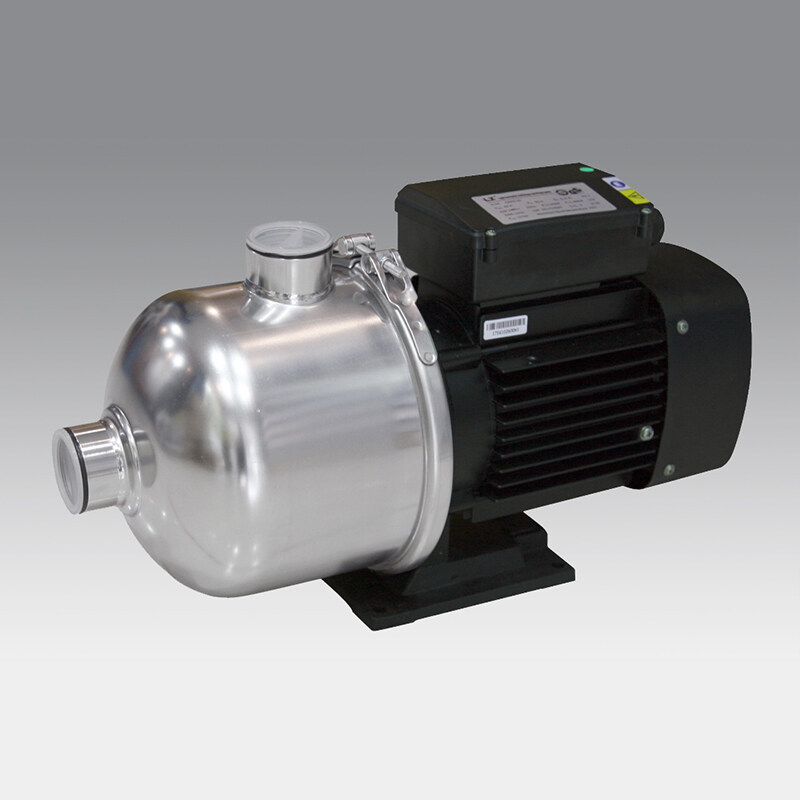
Do you know the 9 times calibration center of the pump?
1st Calibration Center
Before the pump leaves the factory, the driving device is usually placed on the base, and "rough alignment" is carried out to ensure that the final accurate alignment can be carried out on site.
There may be exceptions to this, depending on the type and size of the drive.
Rough calibration may only include edge-to-edge adjustment and does not involve the calibration of vertical direction or angular offset, because these will be solved in the field.
No matter how accurate the calibration is in the factory and how carefully the equipment moves, the central position will change during transportation.
2nd calibration center
When the pump and base are received on site and initially placed on the foundation, one centering shall be carried out accordingly.
Alignment or inspection must be carried out before grouting or connecting pipes to pumps.
3rd Calibration Center
After the base grouting solidifies, the alignment shall be checked again.
In the process of grouting the base, the base will often be bent or moved, causing problems in the center.
When the cement slurry solidifies, it will generate a lot of heat and some expansion forces that may change the parameter settings.
4th Calibration Center
After the base is grouted correctly and the driving device is aligned, the pipeline should be connected to the pump. Pay attention to the correct operation. When the pipeline is connected to the pump, the alignment of the center should not be changed.
According to 50 years of field experience, it is easy to change the center position of the pump and bring unnecessary stress to the pump.
If the pipe must be forcibly connected to the flange, stress will be generated and the alignment of the center may be changed.
Failure to forcibly connect the pipeline does not mean that the pump is not stressed.
During operation, thermal expansion and contraction will produce stress, and the stress in the pump will lead to bearing out of roundness and eccentricity.
5th Calibration Center
After the pump has been running for some time (possibly several hours), carefully shut down and recheck the alignment to see if there is any change and correct it as necessary.
Whether the driving device is a turbine or whether the pump operates under load should be considered.
6th Calibration Center
It can be said that the 5th and 6th alignments are the same, but it should be noted that when pumping hot fluid and other special cases, the pumping temperature of the fluid must be determined by the manufacturer because this will vary according to the design/geometry of the pump and the type of drive system.
For liquids with the same temperature, the requirements of a pump with an induction motor drive installed at the centerline are different from those of a turbine-driven pump installed at the bottom.
7th Calibration Center
It is recommended to recheck the alignment of the new pump about 3 ~ 5 months after the initial startup to verify the previous operation.
8th Calibration Center
Check after maintenance. This is critical for the return pump.
After removal and reinstallation of the wet end or pumping back, the pump cannot be aligned in the same way.
9th Calibration Center
Calibrate the center regularly.
The foundation, base, and support, just like the foundation of your house will subside, crack and move. As active preventive maintenance, it is a good habit to recheck the center after a few years.
If there is good reliability or vibration test program, there may be other reliable indicators to tell you the correct calibration center time.
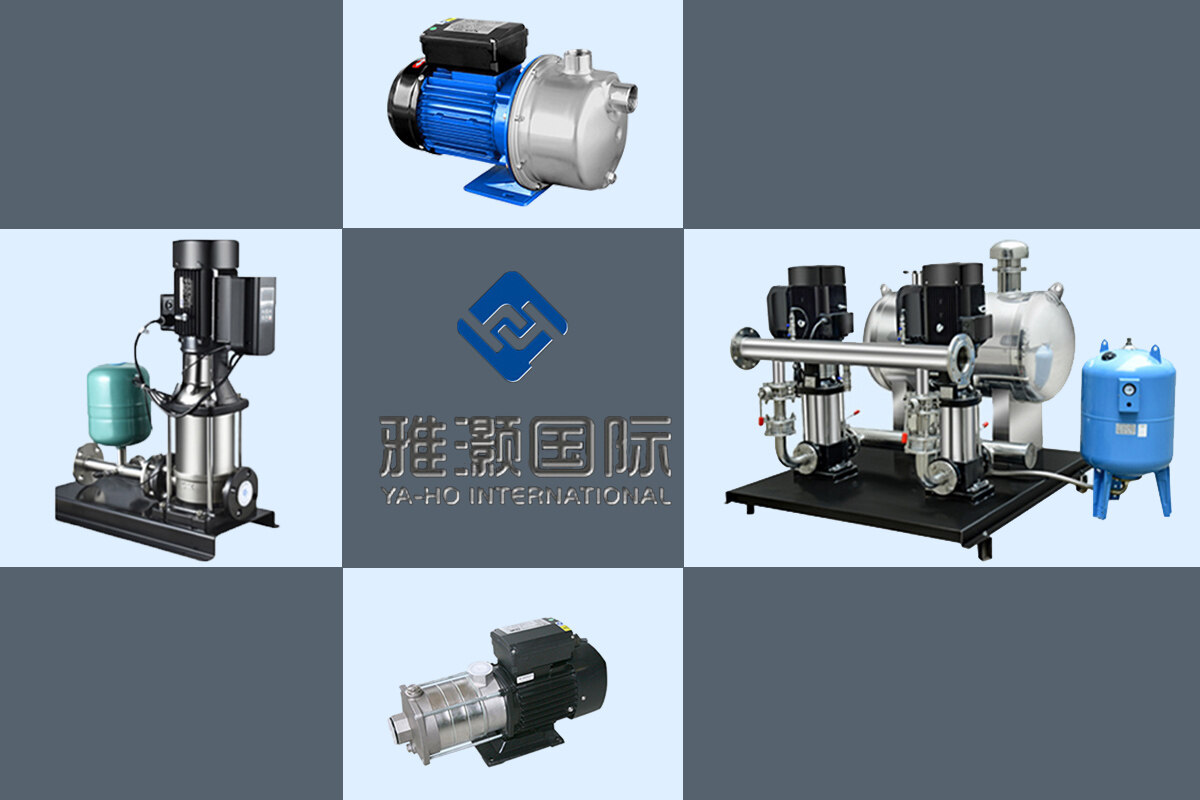
Application field
① In the production of chemical and petroleum sectors, most of the raw materials, semi-finished products and finished products are liquids, and the production of semi-finished and finished raw materials into semi-finished products and finished products needs to go through complex technological processes. During these processes, pumps play a role in transporting liquids and providing pressure flow for chemical reactions. In addition, in many installations, pumps are used to adjust the temperature.
② In agricultural production, pumps are the main irrigation and drainage machinery. my country's rural areas are vast, and a large number of pumps are needed in rural areas every year. Generally speaking, agricultural pumps account for more than half of the total output of pumps. Pumps are also the most used equipment in the mining and metallurgical industries. The mine needs to be drained by pumps, and in the process of beneficiation, smelting and rolling, pumps are needed to supply water.
③ In the power sector, nuclear power plants need nuclear main pumps, secondary pumps, and tertiary pumps, and thermal power plants need a large number of boiler feed pumps, condensate pumps, oil and gas mixing pumps, circulating pumps, and ash pumps.
④ In national defense construction, the adjustment of aircraft flaps, tail rudders and landing gear, the rotation of warships and tank turrets, and the ups and downs of submarines all require pumps. High pressure and radioactive liquid, and some also require the pump without any leakage.
⑤ In short, whether it is aircraft, rockets, tanks, submarines, drilling, mining, trains, ships, or everyday life, pumps are needed everywhere, and pumps are running everywhere. That's why the pump is listed as a general-purpose machine, which is a major product in the machinery industry.
⑥ Electric pumps, i.e. pumps driven by electricity. The electric pump is composed of a pump body, a water lift pipe, a pump base, a submersible motor (including cables) and a starting protection de
